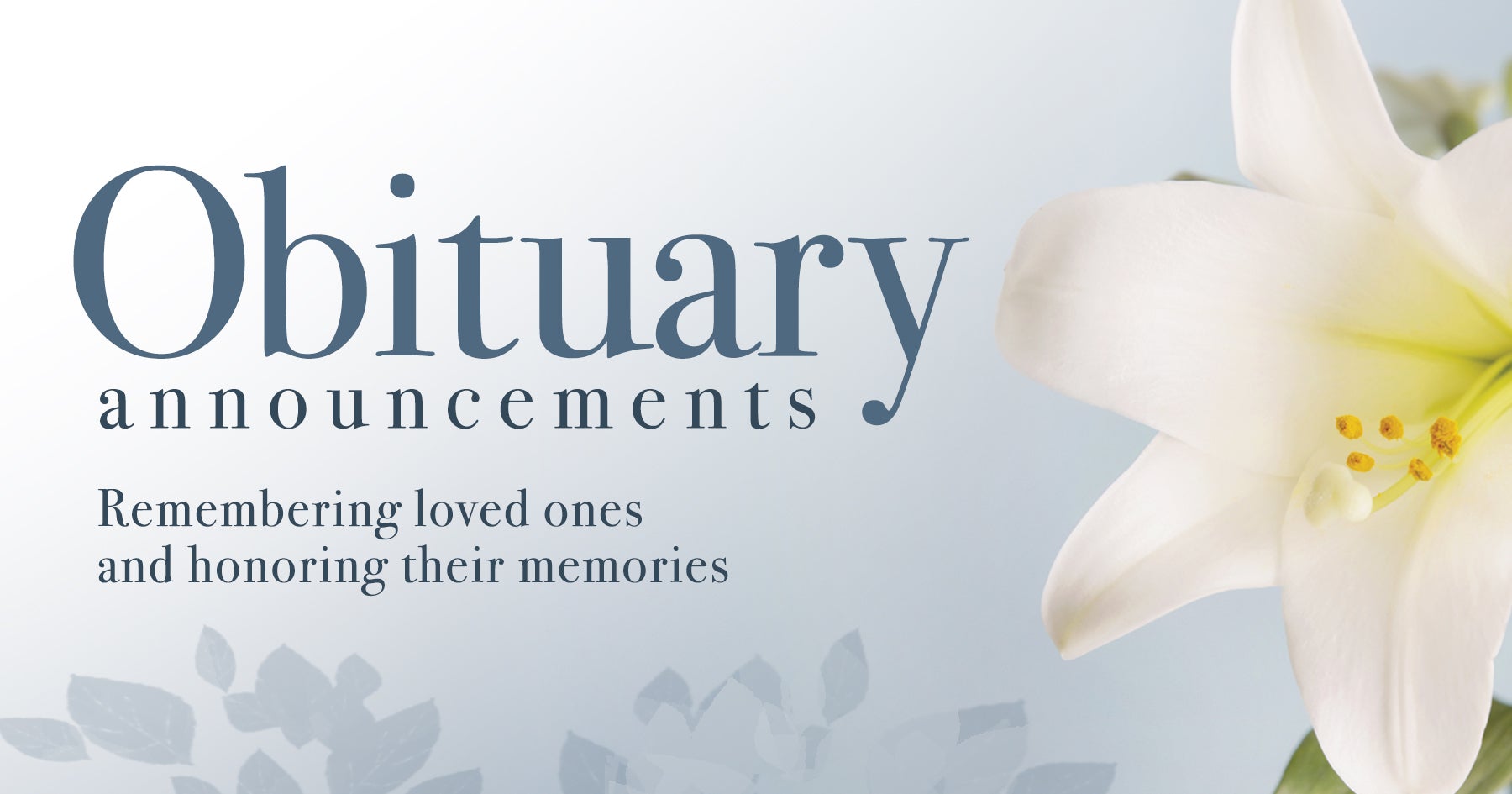Gulf Coast recovery ongoing
Published 3:37 pm Friday, December 21, 2012
“There are many Alabamians who are still struggling with the effects of the oil spill. In fact, recently, I was eating breakfast at Cracker Barrel. While I was eating, a lady came up to me and said, ‘Governor, I’m so glad to see you here.’ I was in Foley. Then she began to tell me her story about her husband, who had lost his job because he worked on a shrimp boat. She began to cry. All I could do was just stand there and hold her.”
“Beaches can be repaired, but lives of people are what we always need to remember.”
Gov. Bentley said that although significant progress has been made since the oil spill, there is much work still to be done.
“We have to make this right for those who suffered greatly, and make sure they have better days ahead,” he said. “We have made progress to get livelihoods restored, businesses back opened and the environmental impact lessened. Today we take another major step forward in making the Gulf Coast stronger and more resilient. The Gulf Coast is truly a national treasure. I am confident we will take the steps necessary to make this region whole again.”
Secretary Blank said that the Gulf of Mexico is one of the most diverse environments in the world, including more than 15,000 species of sea life. She noted that 22 million Americans live in Gulf Coast counties, which are home to 10 of America’s largest sea ports. Those ports accounted for almost half-a-trillion dollars in two-way trade in the first nine months of 2012.
“Today our collective focus is how to restore the long-term health, prosperity and resilience of the vital Gulf region,” Secretary Blank said. “I’m confident we can do that in a way that restores our environment, invigorates local communities and creates jobs. We’re not letting the fact the settlement hasn’t occurred stop us from moving forward with the work of this council, working closely with the states as they develop plans.”
Secretary Blank said once settlement money is deposited into the trust fund, it will be used in five different ways. The five states will share 35 percent of the trust funds, while 30 percent will go to the Council to implement the comprehensive restoration. Another 30 percent will go to the Gulf Coast states for projects that deal with the impact of the oil spill. The remaining five percent will be split between two programs for research, technology and monitoring related to the restoration.
N. Gunter Guy Jr., Commissioner of the Alabama Department of Conservation and Natural Resources, said he was glad to see the Council start to work as soon as possible.





